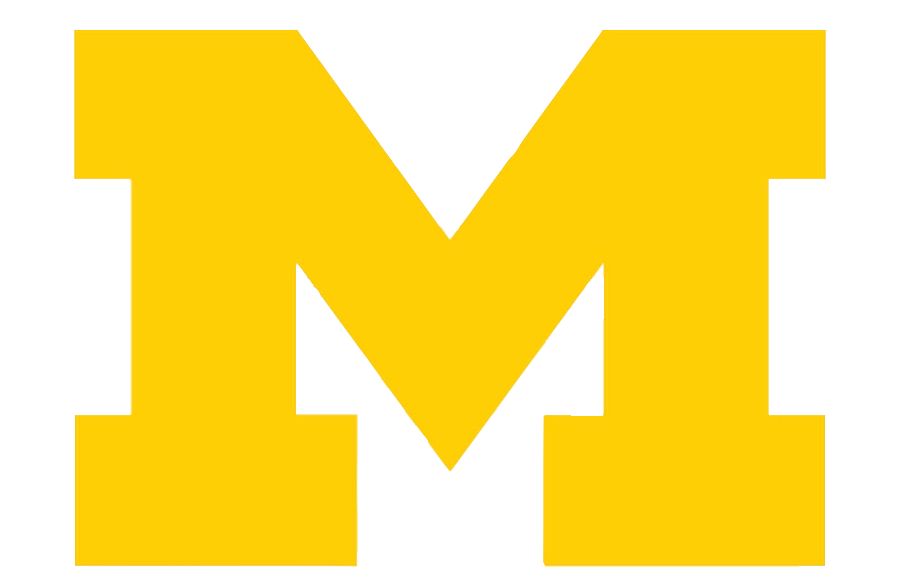Stratification and Inequality among Selective Colleges
Baker, Dominique J., and Michael N. Bastedo. 2022 (in press). “What If We Leave It Up to Chance? Admissions Lotteries and Equitable Access at Selective Colleges.” Educational Researcher.
- Many prominent social scientists have advocated for random-draw lotteries as a solution to the “problem” of elite college admissions. They argue that lotteries will be fair and equitable, eliminate corruption, reduce student anxiety, restore democratic ideals, and end debates over race-conscious admissions. In response, we simulate potential lottery effects on student enrollment by race, gender, and income, using robust simulation methods and multiple minimum thresholds for grades and standardized tests. In the overwhelming majority of lottery simulations, the proportions of low-income students and students of color drop precipitously. With a GPA minimum, we find the proportion of men could drop as low as one-third. Admissions lotteries with minimum bars for GPA and/or standardized tests do not appear to produce more equitable outcomes.
Bielby, Robert, Julie R. Posselt, Ozan Jaquette, and Michael N. Bastedo. 2015 (in press). “Why Are Women Underrepresented in Elite College and Universities? A Non-Linear Decomposition Analysis.” Research in Higher Education 55: 735-760.
- The emerging female advantage in education has received considerable attention in the popular media and recent research. We examine a persistent exception to this trend: women’s underrepresentation in America’s most competitive colleges and universities. Using nationally generalizable data spanning four decades, we evaluate evidence for three possible explanations. First, we analyze whether men’s academic profiles more closely match the admissions preferences of elite institutions. Next, we consider organizational preferences for male applicants. Finally, we test whether women self-select out of elite institutions through their application choices. Using Blinder–Oaxaca non-linear decomposition techniques and multinomial logistic regression, we find that men’s advantage in standardized test scores best explains the enrollment gap. Our analyses thus suggest that the gender enrollment gap in elite colleges and universities is a matter of access, not student choice. We discuss the implications of these results for educational equity and college admissions.
Bastedo, Michael N., and Allyson Flaster. 2014. “Conceptual and Methodological Problems in Research on College Undermatch.” Educational Researcher 43: 93-99.
- Access to the nation’s most selective colleges remains starkly unequal, with students in the lowest income quartile constituting less than 4% of enrollment. A popular explanation for this phenomenon is that low-income students undermatch by attending less selective colleges when their credentials predict admission to more highly selective colleges. We identify three problematic assumptions in research on undermatching: (a) that researchers can differentiate colleges at the “margin that matters” for student outcomes; (b) that researchers can accurately predict who will be admitted at colleges that use holistic admission processes; and (c) that using achievement measures like SAT (Scholastic Assessment Test) scores to match students to colleges will reduce postsecondary inequality. We discuss the implications of these assumptions for future research on college choice and stratification.
Posselt, Julie R., Ozan Jaquette, Robert Bielby, and Micheal N. Bastedo. 2012. “Access without Equity: Racial and Ethnic Stratification in Higher Education.” American Educational Research Journal 49: 1074-1111.
- This paper examines how the competitive dynamics that sustain institutional stratification have reinforced racial inequality in selective college enrollment between 1972 and 2004. Institutional stratification describes the hierarchy of postsecondary institutions in terms of mission, selectivity, and returns to degrees. Using a dataset constructed from four nationally representative surveys (NLS, HSB, NELS, and ELS), we model how escalating admissions standards—including academic preparation, and the growing importance of SAT scores and extracurricular leadership—effectively maintain racial inequality in selective college enrollment over time. Black and Latino students have made strides in their pre-collegiate academic preparation. Nevertheless, although access to postsecondary education has expanded since 1972 for all ethnic groups, Black and Latino students’ odds of selective college enrollment have declined relative to White and Asian American students
Bastedo, Michael N. and Ozan Jaquette. 2011. “Running in Place: Low-Income Students and the Dynamics of Higher Education Stratification.” Educational Evaluation and Policy Analysis 33: 318-339.
- The increasing concentration of wealthy students at highly selective colleges is widely perceived, but few analyses examine the underlying dynamics of higher education stratification over time. To examine these dynamics, the authors build an analysis data set of four cohorts from 1972 to 2004. They find that low-income students have made substantial gains in their academic course achievements since the 1970s. Nonetheless, wealthier students have made even stronger gains in achievement over the same period, in both courses and test scores, ensuring a competitive advantage in the market for selective college admissions. Thus, even if low-income students were “perfectly matched” to institutions consistent with their academic achievements, the stratification order would remain largely unchanged. The authors consider organizational and policy interventions that may reverse these trends.
